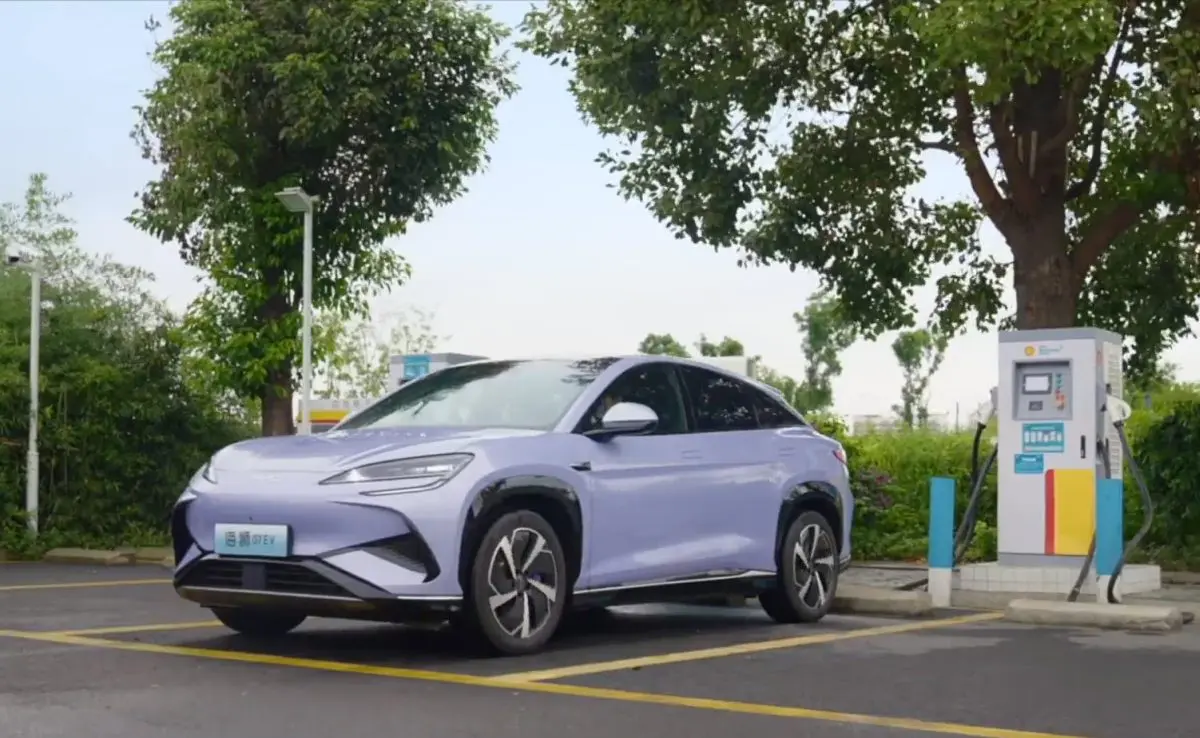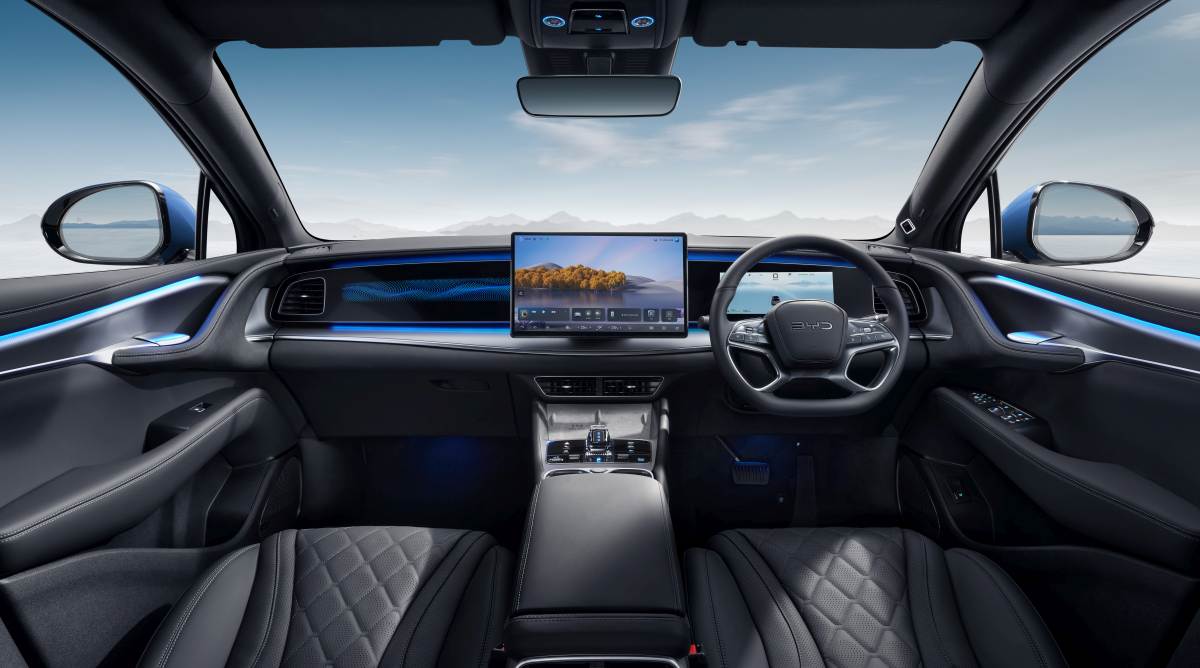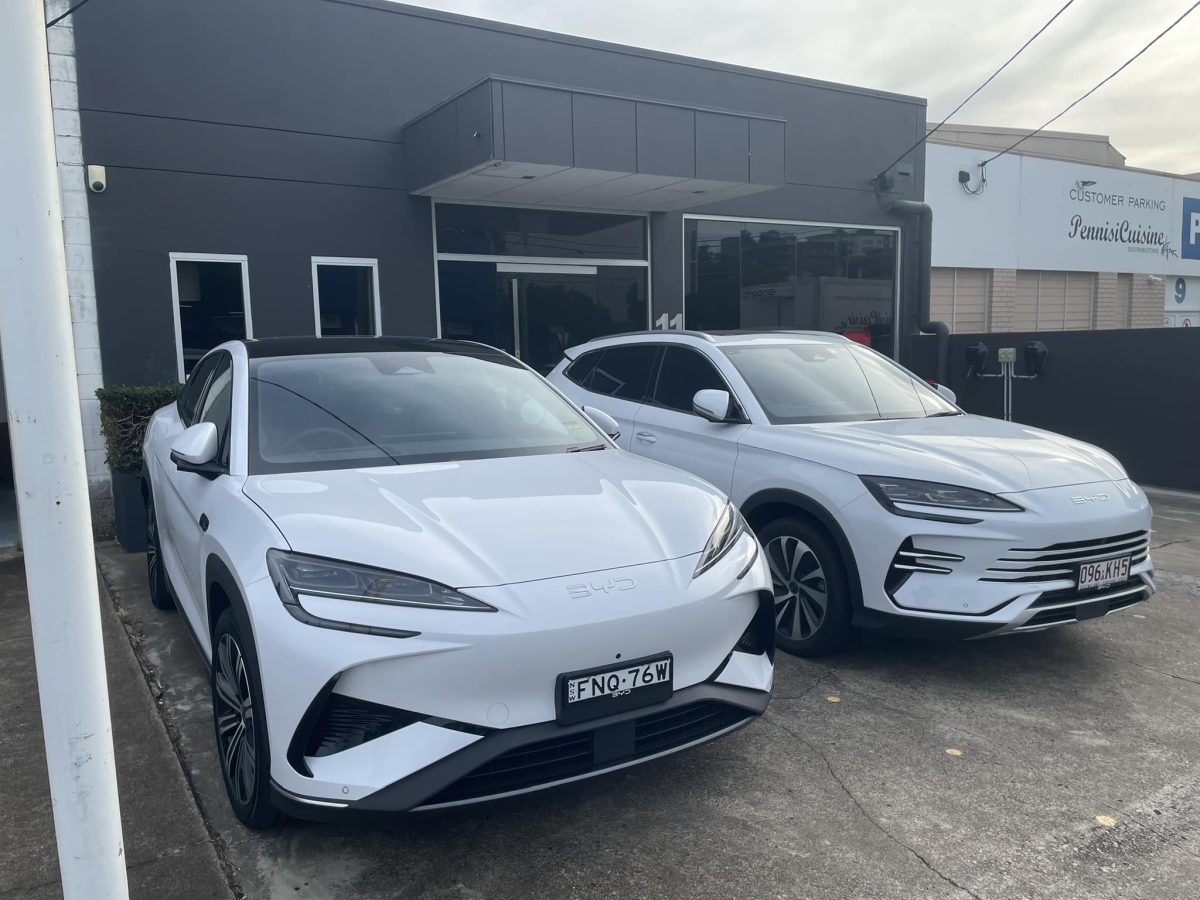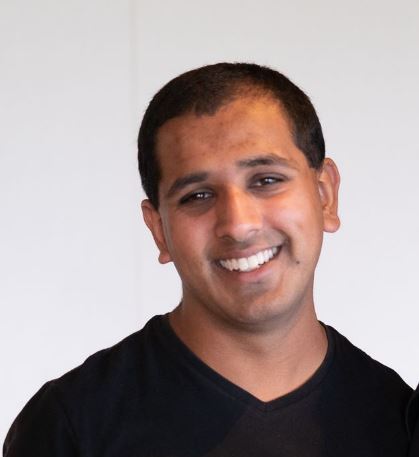BYD’s highly anticipated Sealion 7 has had its local specs revealed, with two local variants on offer before the official launch later this month.
Andrew W, a BYD enthusiast on the BYD Sealion 7 Australia Facebook group, shared what is believed to be local specifications of the Model Y rival SUV.
The upcoming mid-sized SUV will come in an entry-level single-motor Premium variant and a dual-motor Performance variant. Pricing will likely start under $60,000, although that is yet to be confirmed.
Both variants will come equipped with an 82.56 kWh Lithium Iron Phosphate (LFP) BYD blade battery pack with range figures of 482 km on the Premium model, while the Performance sees it cut to 456 km.
DC charging speeds of 150 kW on the correct DC charger, while 11 kW AC is on offer for three-phase charging.

The AC charging is a big bonus over other BYD models in the market, which are limited to single-phase 7 kW AC charging.
Discharging the battery to power other equipment is also available with vehicle to load (V2L) feature. A V2L discharge adapter to help owners power other devices when the vehicle isn’t being used.
On the powertrain front, the Sealion 7 Premium will be powered by a 230 kW rear-mounted motor delivering up to 380 Nm of torque and helping get the car from 0-100 km/h in 6.7 seconds.
According to the spec sheet, the Performance variant comes with 390 kW of power thanks to a 230 kW rear motor and a 160 kW front motor. This variant also has a towing capacity of 1,500 kg for those considering towing.
This powertrain setup will allow for a 0-100 km/h acceleration time of 4.5 seconds while delivering a lower 456 km WLTP range. It also can reach a top speed of 215 km/h, which exceeds BYD Seal, which is capped at 180 km/h.
The Sealion 7 will also feature vehicle load (V2L) capabilities, allowing drivers to use the battery to power other appliances.
On the inside, there is a large 15.6-inch infotainment screen that can be rotated. This screen along with a panoramic glass roof and plushy seats, give the interior a much more modern feel.

Another important feature for many drivers is Andriod Auto and Apple Carplay which comes as standard features on the Sealion 7.
While Apple Carplay is wireless, Android Auto is available as a wired-only option for now.
For music lovers, a premium 12-speaker Dynaudio sound system is on offer, although it’s not clear if a subwoofer is on offer for a punchier base.
What is quite impressive is the amount of standard equipment on the car, which is available across both variants. This includes all the safety and security features that the Sealion 7 is jam-packed with.
The interior and exterior features are nearly all shared with the entry-level Premium variant. The only exception to this is the heated steering wheel and heated rear seats, which are probably not too important in many parts of Australia.
This model is also likely to be a winner when it comes to the space it offers. It comes in a 4.83 metres, which is longer than BYD’s Atto 3 and the Tesla Model Y.
Having said that, the Model Y eclipses the Sealion 7 which offers over 300 litres less space with just 550 litres available in the rear.
There is also a frunk with 58 litres on the Sealion 7, less than half the volume offered on the Model Y with its 117 litres capacity.

The latest model will be arriving locally in four colours which include Atlantis Grey, Aurora White, Cosmos Black and Shark Grey.
This car has been seen testing in Australia for the last 6 months. Less than a fortnight ago, it was also spotted without any camouflage in Australia ahead of its official launch in February.
With the specs of the Sealion 7 pretty much revealed, the key question will be the pricing of the new model. Previously, the company’s local distributor, EV Direct, has said that it will start under $60,000, with official pricing of BYD’s upcoming “best-selling” EV model to be announced in the coming weeks.

Riz is the founder of carloop based in Melbourne, specialising in Australian EV data, insight reports and trends. He is a mechanical engineer who spent the first 7 years of his career building transport infrastructure before starting carloop. He has a passion for cars, particularly EVs and wants to help reduce transport emissions in Australia. He currently drives a red Tesla Model 3.

